防爆基礎知識:
可燃性氣體和蒸氣的爆炸特性
可燃性氣體和蒸氣的爆炸特性
1.燃燒和爆炸產生的條件
燃燒是人們十分熟悉的一種自然現(xiàn)象,它是一種氧化反應,氧化反應放出熱量,當反應放出的熱量使反應介質溫度升高到一定程度時,可以形成可見的火焰。
可控條件下的燃燒和爆炸可為人類服務。
失控的燃燒和爆炸能造成人員傷亡和財產損失。
可燃性物質例如氫氣、乙炔、甲烷等可燃性氣體,汽油、柴油、苯等可燃性液體以及煤塵和棉花纖維等可燃性粉塵纖維等能夠形成燃燒或爆炸。但是,形成燃燒和爆炸必須具備一定條件。
下述條件在時間和空間上相遇,才會產生燃燒或爆炸:
燃燒劑,例如氫氣,汽油等;
氧化劑,例如氧氣,空氣等;
點燃源,例如明火,火花,電弧,高溫表面等。
上述條件被稱為形成燃燒和爆炸的三要素。
工程上采取措施,防止三要素同時存在,防止出現(xiàn)火災和爆炸危險。
2.可燃性氣體和蒸氣的安全參數(shù):
可燃性氣體和蒸氣在點燃和爆炸的過程中有許多理化參數(shù),與防爆安全有直接關系的有以下幾個:
爆炸界限----可燃性氣體或蒸氣與空氣的混合物只有在某個濃度范圍內才能爆炸(燃燒),超出此范圍就不會被點燃,這一范圍的最高點和最低點分別稱為爆炸上限和爆炸下限。
爆炸界限常用可燃性物質在可燃性混合物中的體積百分比(濃度)表示,例如,甲烷的爆炸下限是5。0%(體積比),爆炸上限是15%(體積比)??扇夹晕镔|的濃度低于爆炸下限的混合物可以稱作“過稀”,濃度高于爆炸上限可以
稱作“過濃”,過濃或過稀的混合物不能形成爆炸或燃燒。工程上采用通風的方法降低環(huán)境中可燃性物質的濃度,以便避免爆炸危險。當環(huán)境中的可燃性物質的濃度低于爆炸下限的25%時,可認為該環(huán)境是安全的。
Explosive properties of flammable gases and vapors
1. Conditions for combustion and explosion
Combustion is a natural phenomenon that people are very familiar with. It is an oxidation reaction that emits heat. When the heat released by the reaction raises the temperature of the reaction medium to a certain degree, a visible flame can be formed.
Combustion and explosion under controlled conditions can serve human beings.
Uncontrolled combustion and explosion can cause casualties and property damage.
Combustible substances such as hydrogen, acetylene, methane and other flammable gases, flammable liquids such as gasoline, diesel, benzene, and flammable dust fibers such as coal dust and cotton fibers can form combustion or explosion. However, certain conditions must be met for the formation of combustion and explosion.
The following conditions will meet in time and space before they will burn or explode:
Combustion agent, such as hydrogen, gasoline, etc .;
Oxidizing agents, such as oxygen, air, etc .;
Ignite sources, such as open flames, sparks, arcs, hot surfaces, etc.
The above conditions are referred to as the formation of three elements of combustion and explosion.
Take engineering measures to prevent the three elements from coexisting and prevent fire and explosion hazards.
2. Safety parameters of flammable gas and vapor:
Flammable gases and vapors have many physical and chemical parameters during ignition and explosion. The following are directly related to explosion-proof safety:
Explosion limit-the mixture of flammable gas or vapor and air can only explode (burn) within a certain concentration range, and beyond this range it will not be ignited. The highest and lowest points in this range are called explosions, respectively Upper limit and lower explosive limit.
The explosion limit is usually expressed as the volume percentage (concentration) of flammable substances in the flammable mixture. For example, the lower explosion limit of methane is 5.0% (volume ratio) and the upper explosion limit is 15% (volume ratio). Mixtures with flammable substances whose concentration is lower than the lower explosive limit can be called "excessively diluted", and those whose concentration is higher than the upper explosive limit can be
Known as "excessive concentration", a mixture that is too rich or too thin cannot form an explosion or burn. The project uses ventilation to reduce the concentration of flammable substances in the environment in order to avoid the risk of explosion. When the concentration of flammable substances in the environment is less than 25% of the lower explosion limit, the environment may be considered safe.
 0755-21041124
0755-21041124 









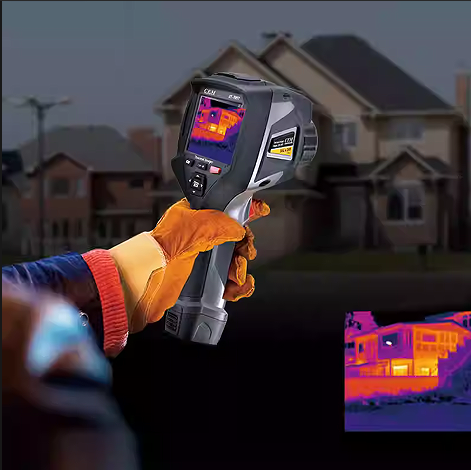
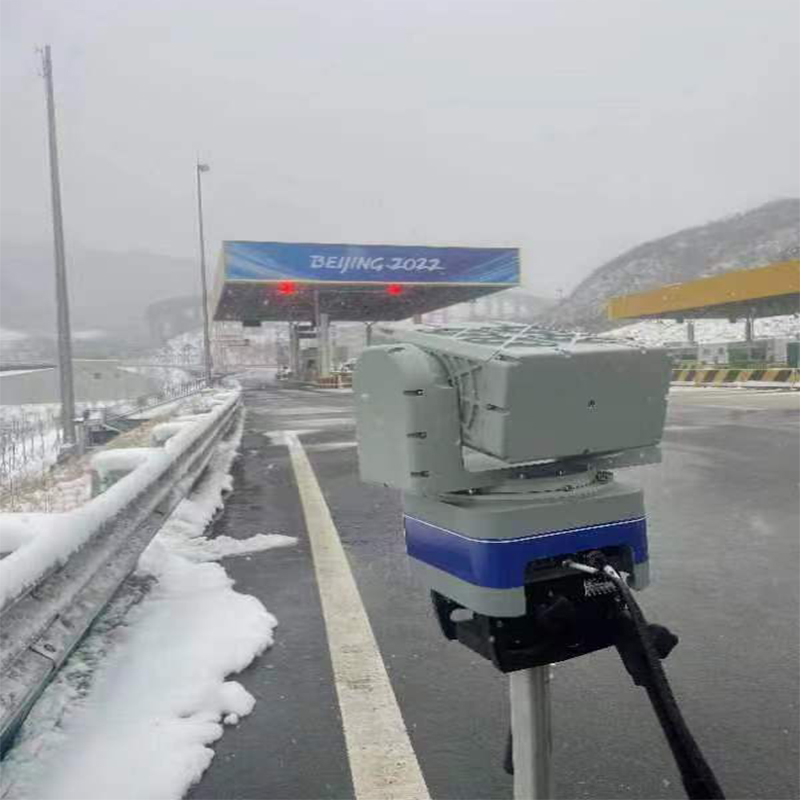
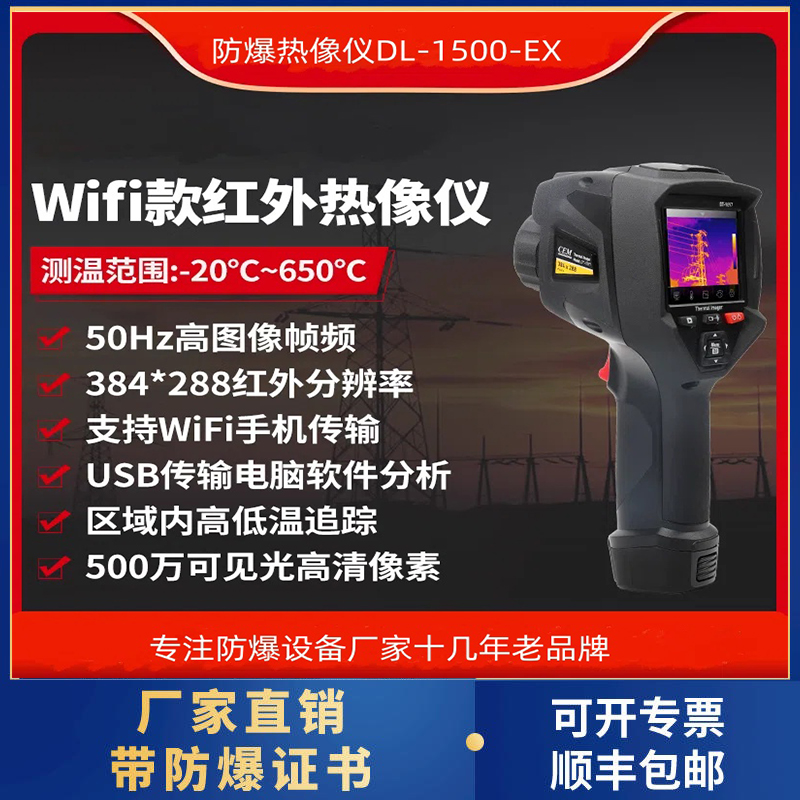
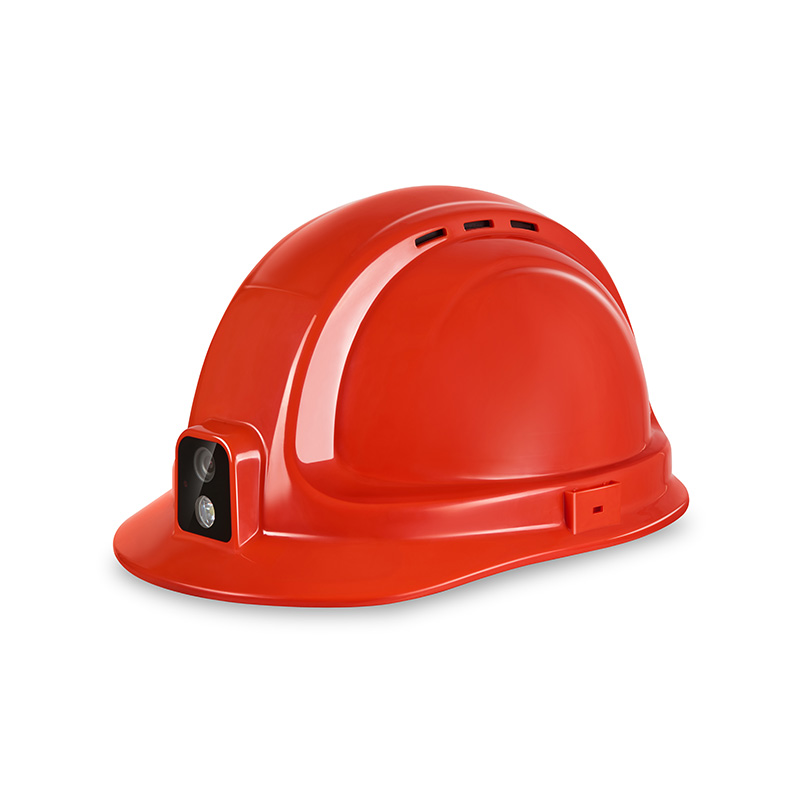

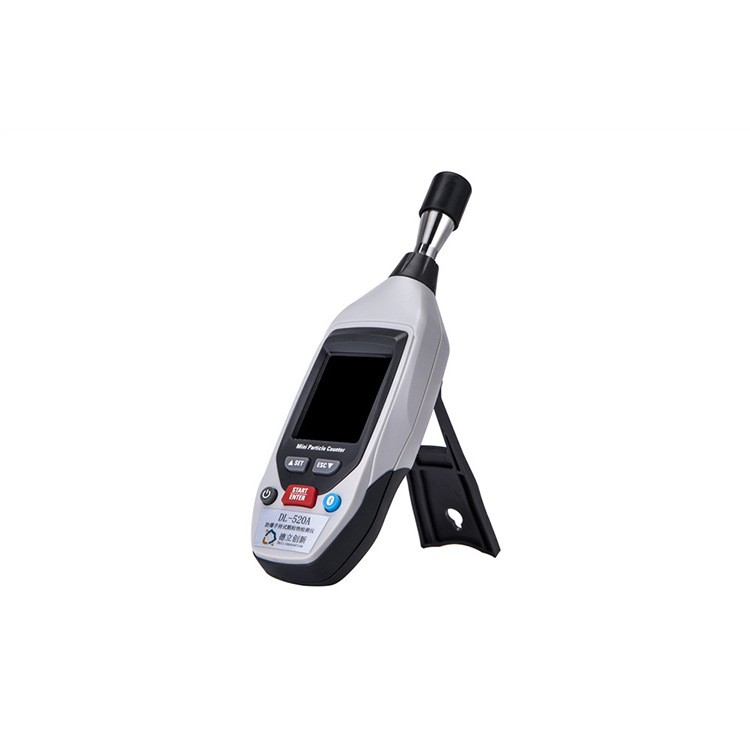
 在線咨詢
在線咨詢 

